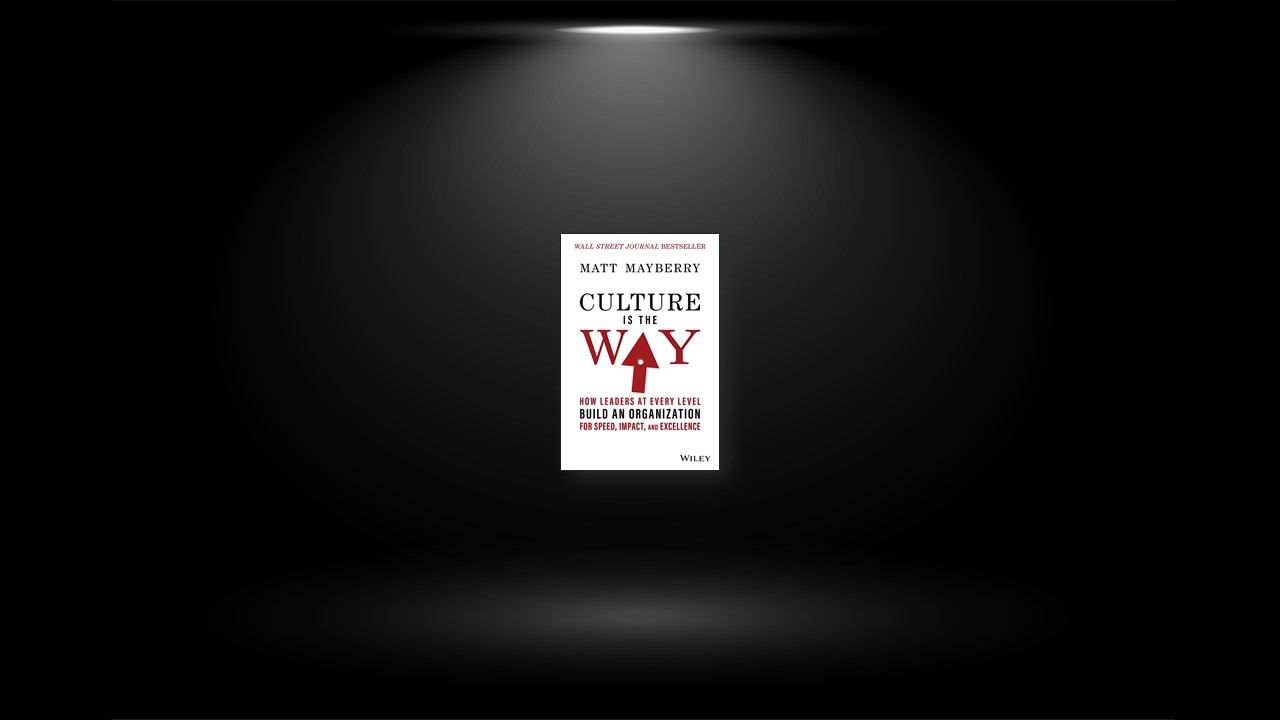Success Leaves Clues
Great coaches understand the power of culture better than anyone else. In June 2021, The Athletic magazine published an excellent article about how some of the best coaches prioritize building a strong team culture and just how important it is to their team’s success.
Joe Smith, an Athletic staff writer, spoke with Golden State Warriors Head Coach Steve Kerr, Alabama Football Head Coach Nick Saban, Tampa Bay Buccaneers Head Coach Bruce Arians, and Los Angeles Angels Manager Joe Maddon. Smith wrote in the article, “Turns out, culture isn’t a buzzword to them. It’s bedrock.”
There is no telling what could happen if more business leaders had the same perspective on culture as some of the greatest sports coaches. Not only we would build more workplaces that don’t struggle to attract top talent, but also we would see more companies play a significant role in making the world a better place and positively shaping every aspect of their employees’ lives.
Let’s examine three key lessons from great sports coaches that business leaders at all levels can apply as we move forward on the culture‐building journey.
#1 Develop a Burning Desire to Improve Culture
You can’t just be interested in creating a great culture. Leaders who are committed outperform leaders who are only “mildly” interested. Most coaches are obsessed with culture because a mentor or another coach taught them its value. For example, Nick Saban, the head coach of the Alabama Crimson Tide and one of the greatest college football coaches of all time, said that he learned about the importance of culture from Bill Belichick, the legendary head coach of the New England Patriots.
Make it a priority as a leader to learn from other leaders who are exceptional builders of culture. Whether those leaders are from within or outside of your industry, study them, and become fanatical about following the way they utilize cultural best practices.
#2 Generate and Bring Positive Energy Daily
As a leader, you are directly responsible for generating energy and setting the tone for the rest of the organization daily. Many leaders vastly underestimate the value of the energy they convey to their workforce on a daily, weekly, and monthly basis.
The author is not suggesting you change or modify your personality, but this is something that all great sports coaches understand and intentionally practice. The daily energy you inject into the organization either fuels the execution of your culture or impedes the growth and development of your efforts.
There are going to be many things that happen throughout the course of a day that you will have no control over. Don’t let a controllable event—something we do have control over—be up for questioning. Building a healthy, positive, and thriving culture is extremely hard work. There is nothing easy about it. If you are going to alter the mindsets, behaviors, and attitudes of those whom you lead, it is going to demand a certain level of bold, positive energy from you as the leader of an organization.
#3 Don’t Just Manage People, Coach Your People
You must lead the way, manage the process, and then relentlessly coach your people. Ask any current or former athlete about the best coach they’ve ever had. Chances are that they will tell you that their best coach did a whole lot more than establish the team’s vision or oversee the day‐to‐day operations of the team. They will almost certainly tell you that their lives were profoundly changed, both personally and professionally, because of how that coach brought out the best in them. That coach was probably tough on them, but it was only because they wanted the best for their team and the player.
Their toughness and drive for excellence were never misinterpreted as micromanagement or toxic behavior because the players knew their coach genuinely cared about them as individuals. The best coaches in sports, as well as the most effective business leaders who successfully drive transformation across entire organizations, devote a significant amount of time to coaching. They are out in the market showing, leading, and coaching the way forward.
Five Key Elements of a Positive Culture
#1 Employee energy, excitement, and value
The amount of energy and excitement that culture can inject into an organization is one of the more powerful forces of culture that is rarely discussed and, frankly, difficult to quantify. Star performers and your most ambitious workers may be motivated to set audacious goals and achieve them, but this is not the case for the majority. Many leaders make the mistake of thinking that talking about dominating the competition, sharing divisional goals, and emphasizing financials will motivate their workforce. Employees can and will be enthusiastic about leaders and managers who invest the time and effort to build a healthier and better culture by involving them in meetings, planning, and strategy sessions, from the highest level to the lowest. The employees want to know they are valued.
#2 Alignment and togetherness
A common source of frustration in many organizations is a lack of alignment or a feeling of togetherness as a team. Each division within an organization operates differently from one another, and before long, internal silos can easily develop. Naturally, if you lead the Sales or Marketing division, your responsibilities and goals will differ from those of the Operations and Finance departments. At the end of the day, however, you are all on the same team, working toward a common objective as a unified organization. This is something that great leaders and teams recognize, and culture is the only factor that drives the execution of organizational alignment.
#3 Clear expectations
An organization that has a culture by default and has never prioritized defining their culture will eventually face performance and morale issues. The reason for this is that if your culture is never defined, there are no clear expectations of what is required and expected of every team member to help the organization win. Not having clear expectations is far more detrimental than just poor performance alone. Some 43% of employees believe that their job description is clear. That is less than half of employees who go to work each day without a clear understanding of what is important and what they should be doing.
#4 Accelerate execution
Culture drives and accelerates how well an organization’s operational and business strategy is executed. Over the years, far too many leaders believed that culture was separate from their strategy. Your strategy does not carry out the strategy on its own. That is the job and sole responsibility of the culture you build and manage. Strategy is critical to winning, but don’t overlook culture in developing your strategy. They collaborate concurrently to speed up execution and enhance impact. Healthy and strong cultures help to instill and promote the daily behaviors needed to win and execute the strategy.
#5 Talent attraction and development
A potent and crucial aspect of culture is the role it plays in attracting top talent and developing existing talent. When you create a great culture that brings out the best in everyone, challenges others positively, and consistently drives winning behaviors in the marketplace, word spreads quickly. Everyone wants to work for a company that makes them feel like they are a part of something special and that they can contribute to the overall mission.
The Five‐Step Process
Step One: Define Your Culture
If you ask a group of people who appear to work for the same company while you’re out and about on the street, “What is the culture of your company?,” most likely, each respondent will have a different answer. In thriving and world‐class enterprises, everyone knows what the culture is, what it stands for, and what’s expected of them within that organization.
Step Two: Discovery Through Collaboration and Inspiration
The discovery phase focuses on a collaborative and inspirational approach that engages the entire organization in the culture‐building process. Senior leaders will collaborate and partner with all people managers in the organization, soliciting specific feedback along the way to encourage and highlight valuable employee input. Collaboration between the senior leadership team and all people managers is extremely powerful in and of itself, but the impact is greatly increased when the process shifts to a bottom‐up approach.
As important as senior leaders are when it comes to large‐scale change in an organization, this collaborative and inspirational approach is far more effective because it inspires managers and other key stakeholders to become more committed. Unless all leaders and front‐line managers, as well as employees, have a strong commitment, the results will be minimal.
Step Three: Launch, Cascade, and Embed
It is detrimental to the organization as a whole if the culture does not trickle down from the top and permeate all departments. Many leaders and people managers believe that it is enough if a company has strong core values and defines its culture openly. But it isn’t. Leaders must make it a priority to disseminate it across the entire organization. This stage of the process is all about launching and relentlessly implementing it across the rest of the company, as well as embedding it across all functions. In the absence of a strategy for propagating your culture, you run the risk of it remaining isolated and having little impact.
Step Four: Drive Long‐Term Impact
It is one thing to create a momentary buzz about your culture, which can have a short‐term effect; it is quite another to create a culture that embodies the core DNA of your organization and has a lasting impact. Some businesses may see instant results from a one‐time advertising campaign that generates excitement for a short period of time, but the true test is whether those businesses can create a culture of sustainability that produces ongoing innovation and long‐term impact. This stage of the process aids in reducing the likelihood that your culture will only have a short‐term impact and helps you develop a strategy for creating a sustainable culture that consistently delivers for your organization.
Step Five: Leaders Must Blaze the Trail
This final stage of the process is a deciding factor in whether an organization succeeds or fails in its pursuit of creating a world‐class culture. It all comes down to how well an organization’s leaders model the way forward, practice what they preach daily, set clear cultural expectations for everyone to abide by, and blaze the trail forward. What leaders do on a regular basis, and how they behave, send a strong message to the organization.
Even when leaders believe others in the company are not watching, employees are acutely aware of what is being communicated. They observe how everything is reflected in their leaders’ daily actions. Communicating a culture change or your desire to build a better one will always fall by the wayside without a strong leadership team leading the way forward and establishing the tone.


